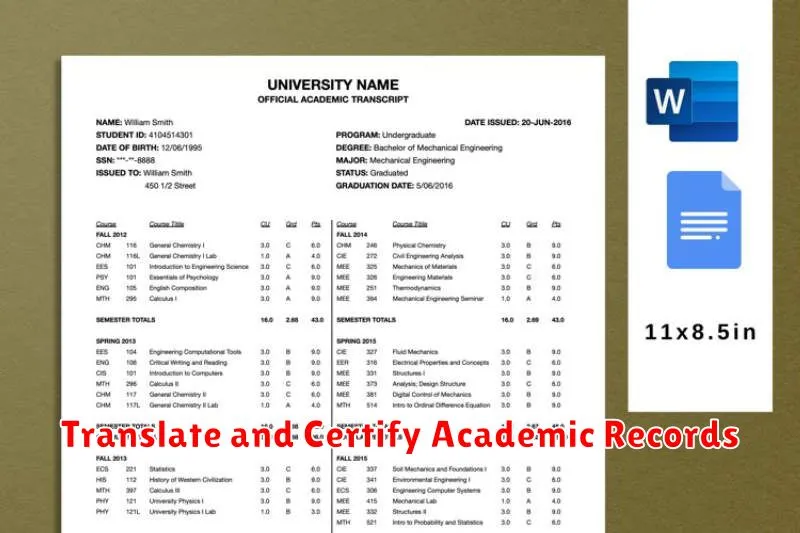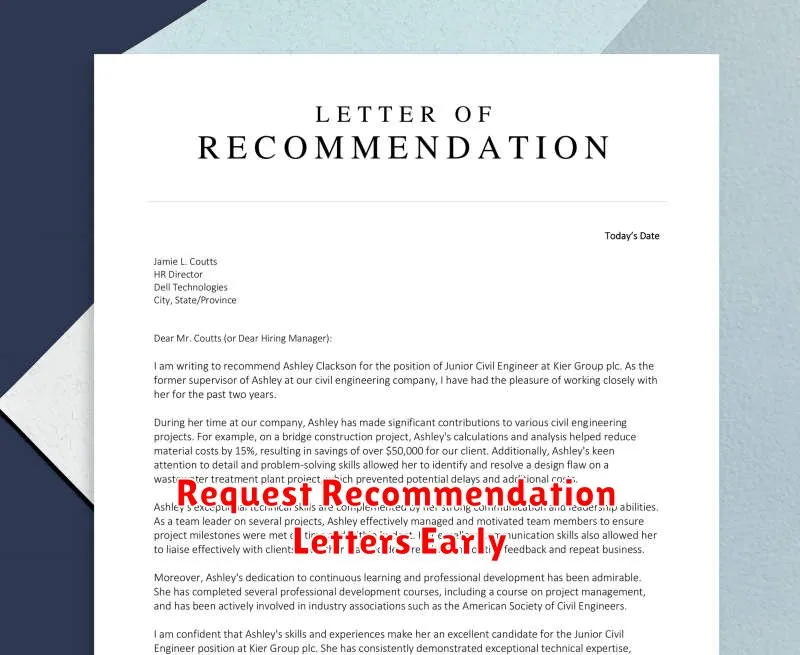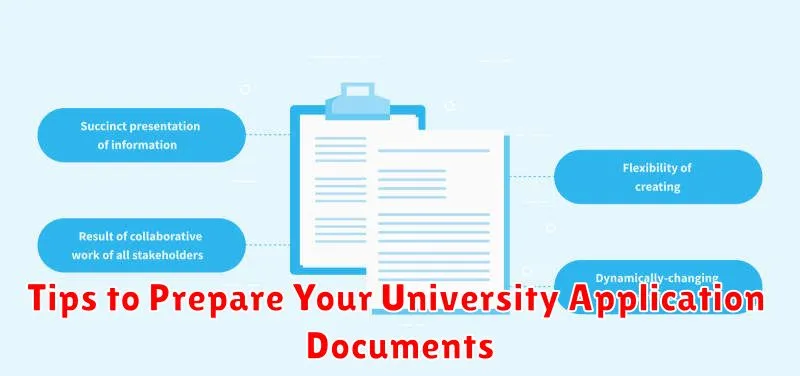Applying to university is a significant step in your academic journey. A successful application hinges on the strength of your supporting documents. This article provides essential tips to help you prepare a compelling application package that showcases your achievements, skills, and potential. Learn how to craft a standout personal statement, gather strong letters of recommendation, and compile all necessary university application documents efficiently and effectively. Maximize your chances of acceptance by following these expert recommendations for preparing your university application documents.
From understanding the specific requirements of each university to organizing your transcripts and test scores, this guide covers all aspects of preparing your university application documents. We’ll delve into the critical components of a successful application, offering practical advice on how to present yourself in the best possible light. Whether you are applying to a competitive program or exploring various university options, preparing your university application documents thoroughly is crucial. This article will equip you with the knowledge and tools to navigate this process with confidence and increase your chances of admission.
Create a Document Checklist
Staying organized is crucial during the university application process. A document checklist helps ensure you don’t miss any critical components. This checklist should be tailored to each university you’re applying to, as requirements vary.
Begin by listing all the required documents. Common examples include:
- Completed application form
- Official transcripts
- Letters of recommendation
- Standardized test scores (SAT, ACT, etc.)
- Personal essay or statement of purpose
- Resume or curriculum vitae
- Portfolio (if applicable)
Next, create a table or spreadsheet to track your progress. Include columns for the document name, due date, date submitted, and any notes or specific instructions. This allows you to monitor deadlines and ensure timely submission.
Translate and Certify Academic Records

If your academic records (transcripts, diplomas, etc.) are not in English, you must submit certified translations along with the original documents. This ensures that the admissions committee can accurately assess your academic performance.
Certification typically involves having the translation performed by a qualified translator and then verified by a notary public or another authorized official. The certification confirms the translation’s accuracy and authenticity.
Check with the specific university for their translation and certification requirements, as they may vary. Some institutions have designated translation services they prefer, or specific formats for certification documents. Failure to comply with these requirements could delay the processing of your application.
Write a Focused Motivation Letter
A compelling motivation letter is crucial for a successful university application. It provides a platform to showcase your passion, skills, and aspirations, connecting them directly to the chosen program.
Clarity and conciseness are key. Begin by stating your intended program and explain why you are interested. Highlight relevant experiences, academic achievements, and extracurricular activities that demonstrate your suitability. Clearly articulate how the program aligns with your long-term goals.
Avoid generic statements. Instead, focus on specific examples that demonstrate your commitment. Research the program thoroughly to understand its unique offerings and tailor your letter accordingly. Showcase your understanding of the program’s curriculum, faculty, and research opportunities. Conclude by reiterating your enthusiasm and expressing your readiness to contribute to the university community.
Request Recommendation Letters Early

Securing strong letters of recommendation is a critical aspect of your university application. Don’t underestimate the time it takes for recommenders to craft thoughtful and compelling letters.
Start by identifying potential recommenders who know you well and can speak to your academic abilities, character, and potential. Teachers, counselors, or mentors who have directly observed your work and accomplishments are ideal choices. Reach out to them several weeks or even months in advance of your application deadlines.
Provide your recommenders with all the necessary information they need to write an effective letter. This includes your transcript, resume, a list of universities you’re applying to, and the deadlines for each application. Giving them ample time and resources demonstrates respect for their time and allows them to write the strongest possible recommendation.
Proofread and Format Properly
Thorough proofreading is crucial for a polished application. Errors in grammar, spelling, and punctuation can create a negative impression. Carefully review every document, including your essays, resume, and transcripts, for any mistakes.
Consistent formatting demonstrates attention to detail. Use a professional font like Times New Roman or Arial in a readable size (12pt). Maintain consistent margins, spacing, and heading styles throughout your application. Adhere to any specific formatting guidelines provided by the university.
Consider asking a trusted friend, teacher, or mentor to review your documents for a fresh perspective. They may catch errors you’ve overlooked.
Scan and Upload Documents Clearly
Ensure all uploaded documents are clearly legible. Admissions committees need to be able to read every detail on your transcripts, recommendation letters, and other supporting materials. Unclear documents can lead to processing delays or even rejection of your application.
Use a high-quality scanner to create digital copies of your documents. Avoid taking pictures with your phone, as these often result in blurry or distorted images. Save your scanned documents as PDFs, as this is the preferred file format for most universities.
Check the file size of your uploads. Large files can be difficult to upload and may exceed the university’s size limits. If necessary, compress your PDF files to reduce their size while maintaining readability.
Name your files clearly using a consistent naming convention. For example, use your last name and the document type (e.g., “Smith_Transcript,” “Smith_RecommendationLetter”). This helps keep your application organized and makes it easier for admissions committees to find what they need.
Submit Before the Deadline
Meeting deadlines is crucial in the university application process. Application portals often close precisely at the specified time, and late submissions are rarely accepted. Missing a deadline can jeopardize your chances of getting into your desired program.
Plan ahead and aim to submit your application well in advance. This provides a buffer for unforeseen technical issues or last-minute revisions. Don’t wait until the final hours to submit. Technical difficulties, heavy website traffic, and other unforeseen circumstances can arise, preventing successful submission.
Carefully note each program’s deadline, as they may differ. Organize your application materials and track your progress using a checklist or spreadsheet to ensure everything is completed and submitted on time.

